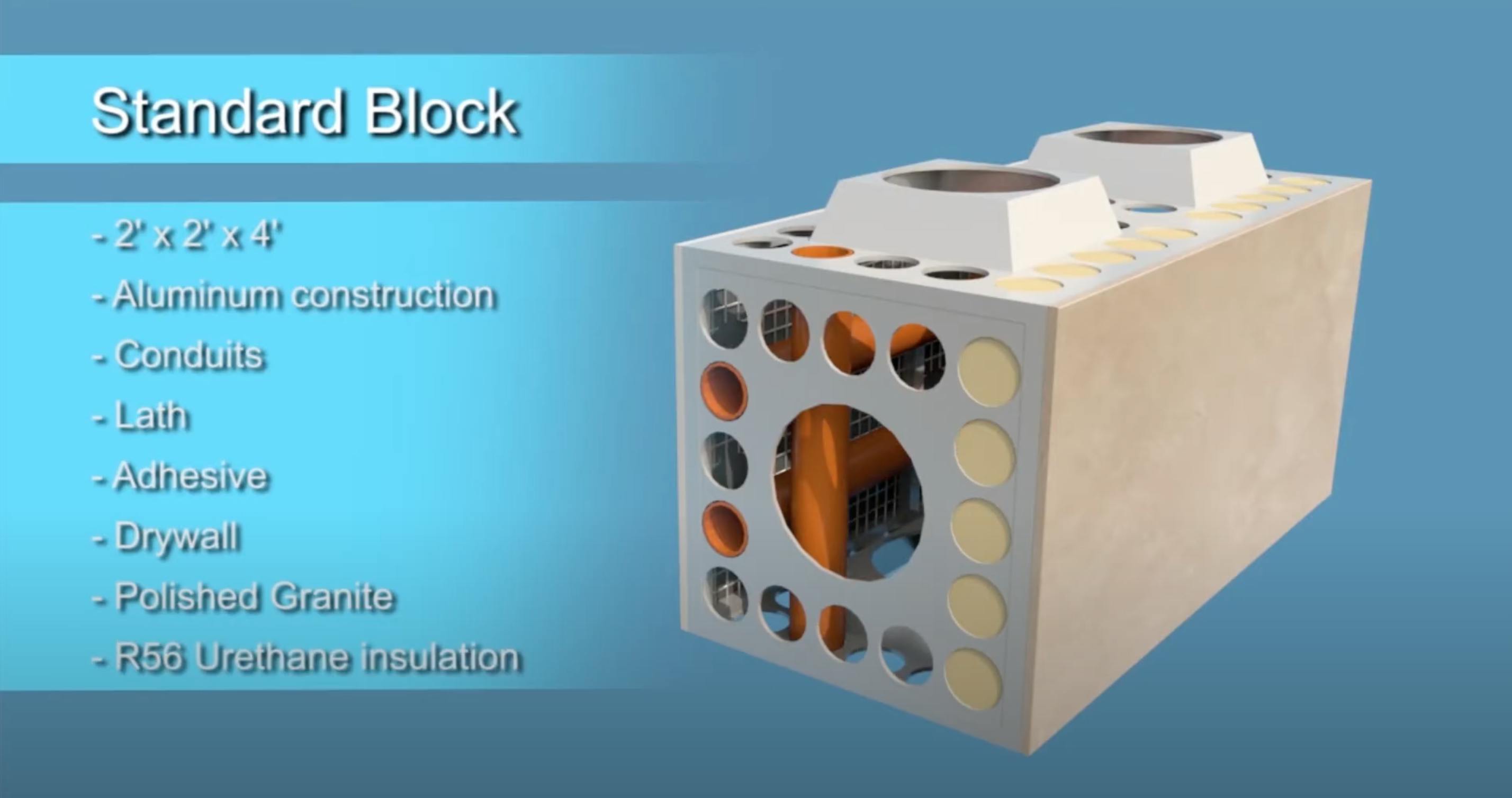Housing Crisis Will Be a Thing of the Past
A Blockchain and AI-based solution to the world’s most pressing issue
According to Yale, it’s estimated that no less than 150 million people, or about 2 percent of the world’s population, are homeless. However, about 1.6 billion, more than 20 percent of the world’s population, may lack adequate housing.
A new industry called Auto Construction is on the rise to tackle this issue. With the existing AI and blockchain technology, **AECROS**, a pioneer in the auto construction industry, is developing a blockchain-based streamlined supply chain solution for construction.
They are working on robotic cranes and modular IoT building blocks to significantly reduce the cost and total duration of construction.
Below is a detailed article on the project. Blockchain Finds Its Home In a $10 Trillion Industry Blockchain can now have a real-world impact, tackling real-life problemsmedium.com
How AECROS Will Solve the Housing Crisis
Construction is the most underdeveloped industry in terms of technology and thus has a lot of room for innovation.
AECROS is developing a first of its kind, a Modular Block Unit. These are customizable finished building blocks with embedded IoT sensors and civil requirements. These standardized blocks are mass-produced in factories and then transported to the site of construction. These blocks are self-complete.

](https://cdn-images-1.medium.com/max/6324/1*t92CqAoj52hzuOaKq0_A_g.png) MBU (Left), Other MBU Blocks For Different Needs (Right)
MBU (Left), Other MBU Blocks For Different Needs (Right)
What’s exciting about these blocks is they can be used in a reuse system, repeatedly because of their modularity and high build quality. In the case the building suffers damages, certain parts of the floor and wall can be replaced, making them the first fully customizable and reusable unit of construction. Traditional brick and mortar are difficult to change after installation.
According to a research conducted in 2018, Construction and demolition waste (CDW) accounts for at least 30% of the total solid waste produced around the world.
Legacy construction methods are sending Billions of tons of waste material to landfills annually. This is wasting time, money, and causing environmental damage on a global scale.
With AECROS, Building homes doesn’t have to cost us the world anymore. Welcome to the future.
These blocks are embedded with IoT sensors. We can create a digital twin through these sensors for further research, performance forecasting, and to prevent calamities. These blocks will be packed with features: floor heating/ cooling, fire suppression, electrical and communications, gas, and thermal mass, earthquake and flood protection.
Rather than creating tonnes of waste through demolition, block member’s blocks can be deconstructed in the same way one would deconstruct LEGOS.
In places of flood, tsunami, refugee camps, or other disasters, these blocks can provide fast, safe, and very modern “shelters”. As the re-use version of the blocks can be reused, they are well suited for these situations.
The real savings come from the fact that these modular blocks, through blockchain, IoT, and robotics, can reduce middlemen at each step of the supply chain by eliminating theft and corruption. Moreover, automation will reduce construction time; saving labor and management costs.
Blockchain Will Break the Barriers
 on [Unsplash](https://unsplash.com?utm_source=medium&utm_medium=referral)](https://cdn-images-1.medium.com/max/6000/0*2jGnzXpo_lFui77P)
There are a lot of barriers for those living in third world countries, such as no access to proper financial institutions, no access to micro funds, and no investment opportunities.
The problems get worse as we go down the rabbit hole. In places with political instability or economic uncertainty, people can’t use their own currency or can’t do foreign trade. In Venezuela, there was 53,798,500% hyperinflation between 2016 and 2019, and the minimum wage is just €0.9 per month. Imagine the condition of people there, food on the table is a luxury there, let alone housing.
That’s where blockchain comes in. Cryptocurrencies or stable coins allow people in such areas to transact without worrying about inflation rates. It opens up an opportunity to transact with other nations, receive payments from them for work. Defi allows them to take loans, and Bitcoin and PMGT provide a good store of value. But they still lack the opportunity to own a construction supply store.
AECROS bridges the gap.
The MBUs are tokenized, which means for each block, there is an **ERC-20 token on the Ethereum blockchain called [Membership Placeholder **(MP)](blockmembers.io) which can be bought or sold from anywhere in the world.
Let’s say you bought 5000 MPs which is equal to 5000 blocks or 4–5 houses (around 1000 blocks are required to make a house) You can hold them for a long time as a store of value, or sell them based on your analysis of the market. As blockchain is not restricted by the boundary of any country, the market price will depend on the global market, giving you more opportunities.
But once you use these blocks for construction, they are removed from the block exchange to become permanent in the building. New blocks are created and these continue to trade on exchange as a new building commodity.
The traditional construction method requires dependence on multiple middlemen, consultants, partners, lawyers, contractors, and labor. The entire process is very time-consuming because of issues in the supply chain, trust amongst stakeholders, lengthy contracts, and timely payments.
With smart contracts and Defi, getting loans, the process of construction, and the supply chain will become streamlined.
Once the oracle coins like Chainlink are fully functional, they would facilitate the connection between a centralized and decentralized world. There would be interoperability between different cryptocurrencies, and it would be much easier to liquidate your assets. Possibilities are endless, we don’t even know what financial instruments will be created once we can connect both worlds, and it will be available to everyone.
20 years ago, the tools to create automated construction did not exist. 10 years ago, financial technology was only taking its first steps. But today, it will be crazy NOT to integrate them. Recent developments in both automation of construction and proven financial technologies are bound to disrupt the housing markets.
